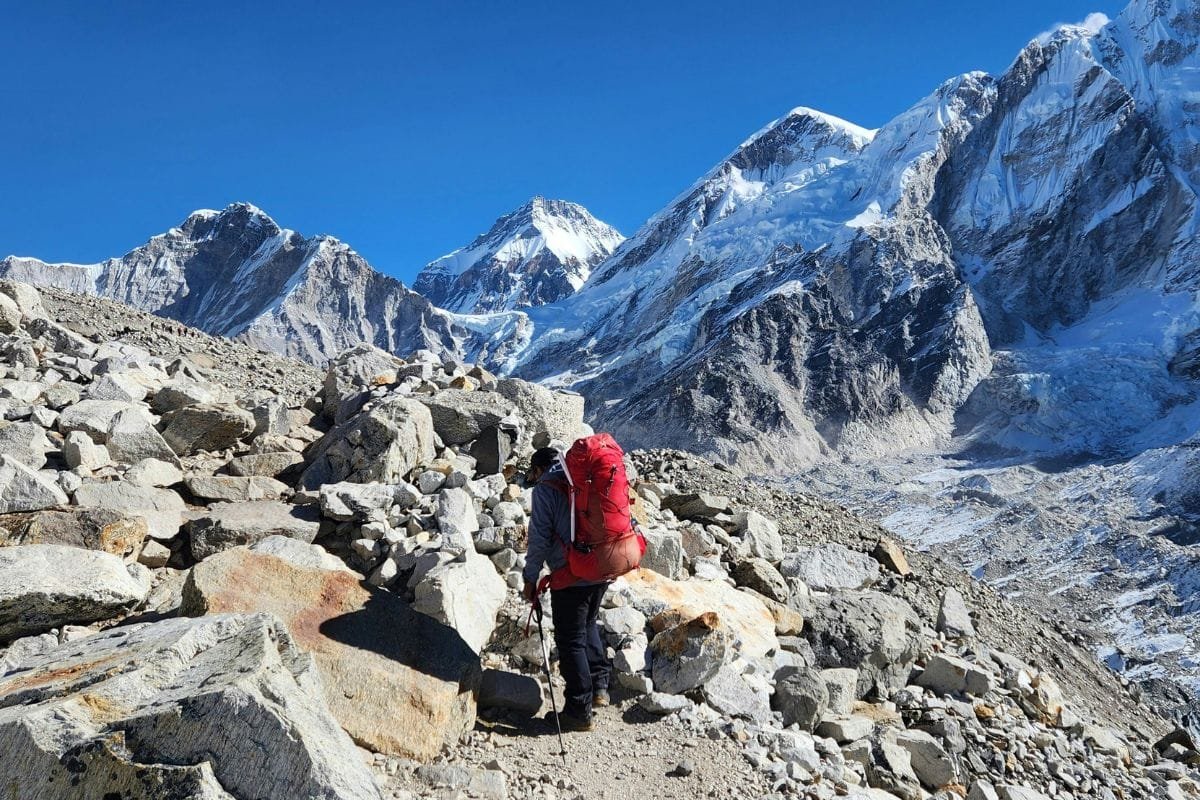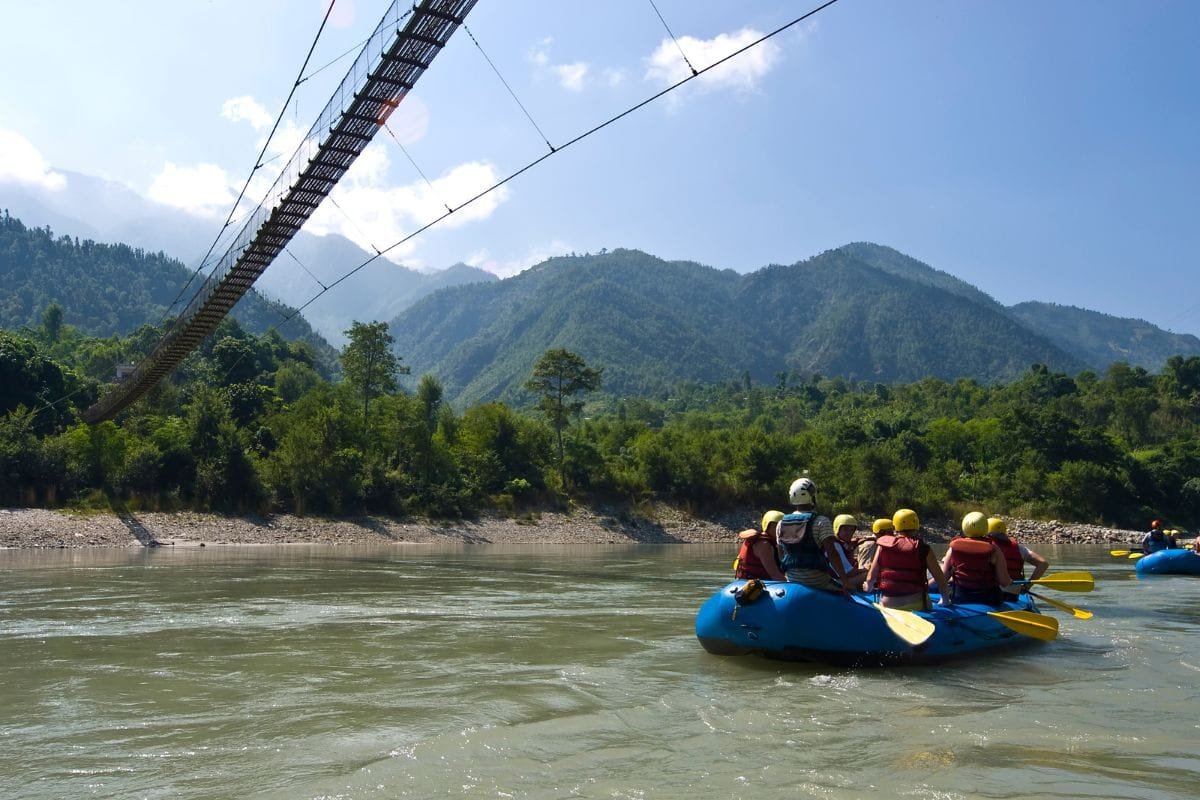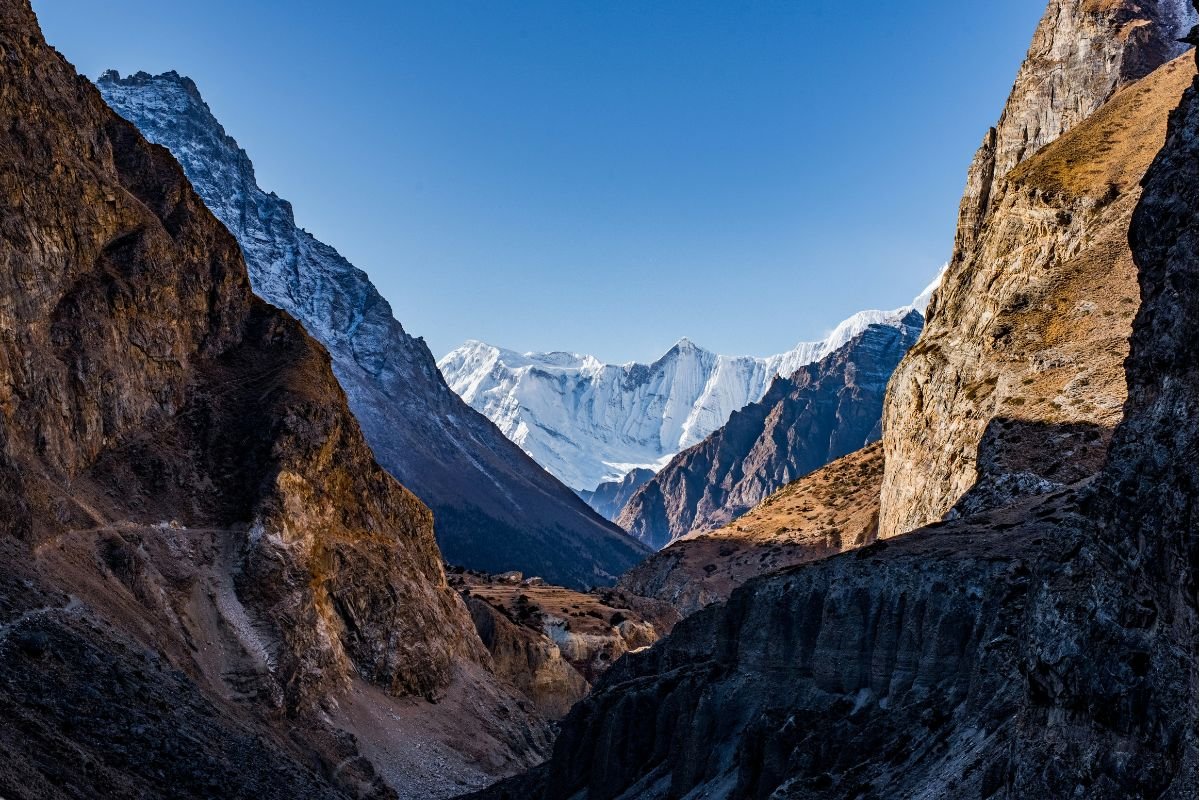Lumbini The Birthplace of Gautam Buddha
Lumbini, the sacred birthplace of Lord Buddha, is one of Nepal’s most treasured spiritual and historical sites. Recognized as a UNESCO World Heritage Site, Lumbini attracts thousands of pilgrims and tourists from around the world. This sacred land is not just a place of religious significance but also a hub of cultural, historical, and archaeological importance. The serene atmosphere, combined with the spiritual essence, makes Lumbini a must-visit destination for those seeking inner peace and historical insights.
Nestled in the Rupandehi district of Nepal, Lumbini offers a blend of ancient ruins, monasteries, meditation centers, and breathtaking landscapes. It is considered the epicenter of Buddhism, where visitors can explore various sacred sites and gain deeper knowledge about Lord Buddha’s life and teachings. Whether you are a Buddhist devotee, history enthusiast, or traveler seeking tranquility, this guide will help you explore Lumbini in the most enriching way possible.
Why Visit Lumbini?
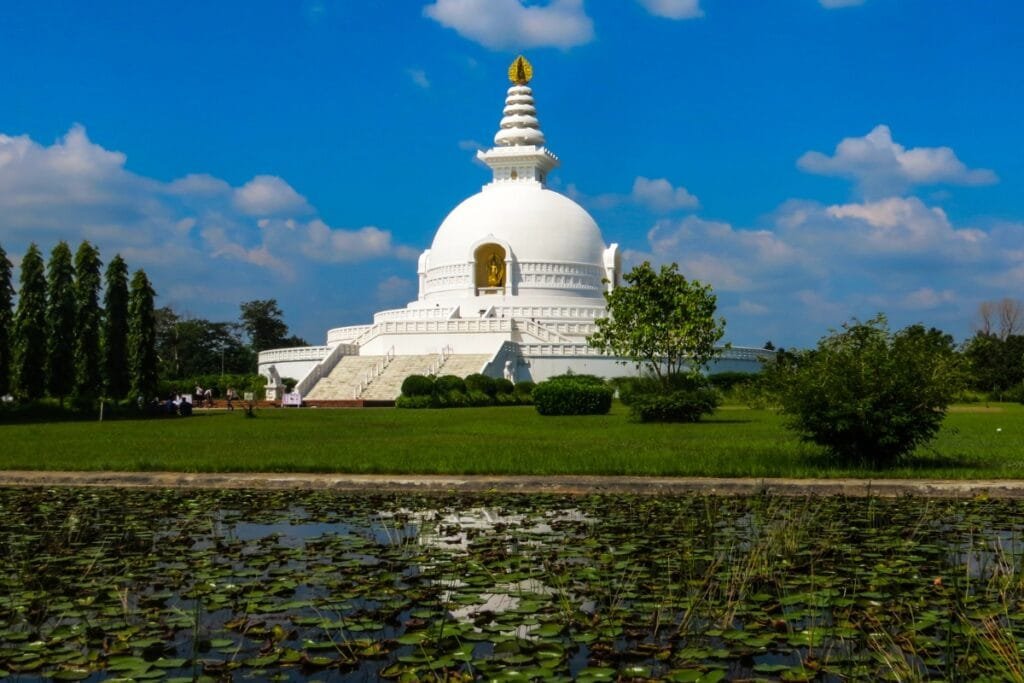
Lumbini holds unparalleled significance as the birthplace of Lord Buddha, making it one of the most important pilgrimage destinations for Buddhists worldwide. However, beyond its religious importance, Lumbini is a melting pot of culture, history, and architecture. The sacred garden, where Buddha was born in 623 B.C., is a place of meditation and devotion, while the many monasteries built by different Buddhist nations showcase the diversity of Buddhist traditions across the world. Additionally, as a UNESCO World Heritage Site, Lumbini is an important archaeological and historical landmark, offering visitors a chance to explore its well-preserved relics. The peaceful ambiance of the area makes it a perfect retreat for travelers looking to escape the fast-paced modern world and experience a spiritual awakening.
Best Time to Visit Lumbini
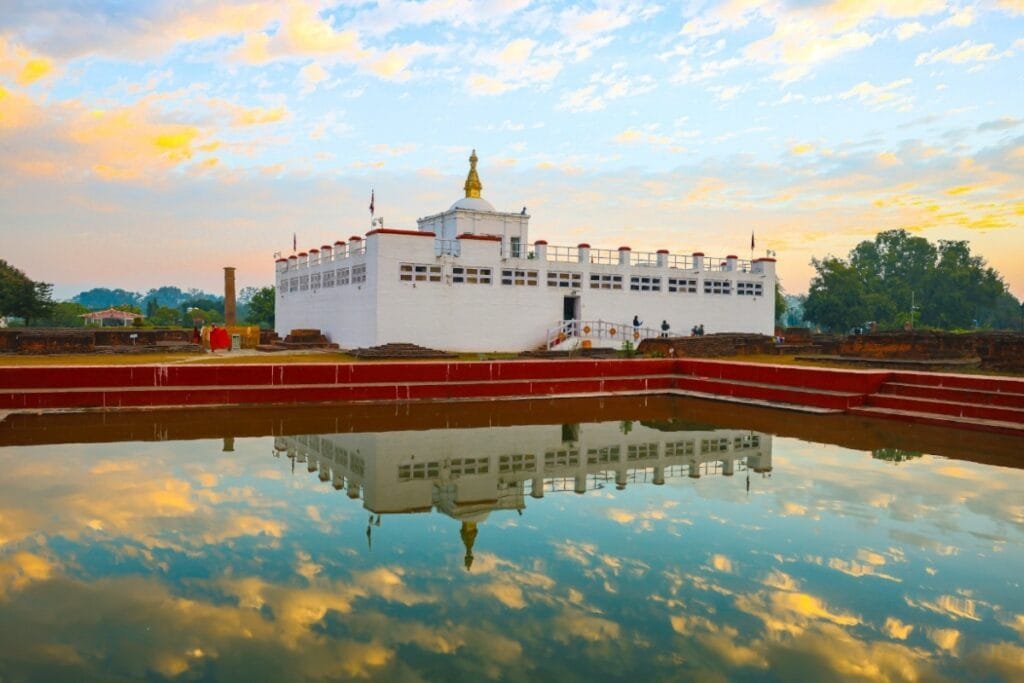
Lumbini can be visited year-round, but the most favorable times are during the autumn months of September to November and the spring months of March to May. These periods offer pleasant weather, making exploration comfortable and enjoyable. The winter months from December to February are also a good time to visit if you prefer a cooler climate. However, the summer months from June to August can be quite hot, which may make sightseeing less comfortable. If you plan to visit during major Buddhist festivals, such as Buddha Jayanti (Buddha’s birthday), you will witness grand celebrations that add an extra layer of cultural richness to your trip.
How to Reach Lumbini
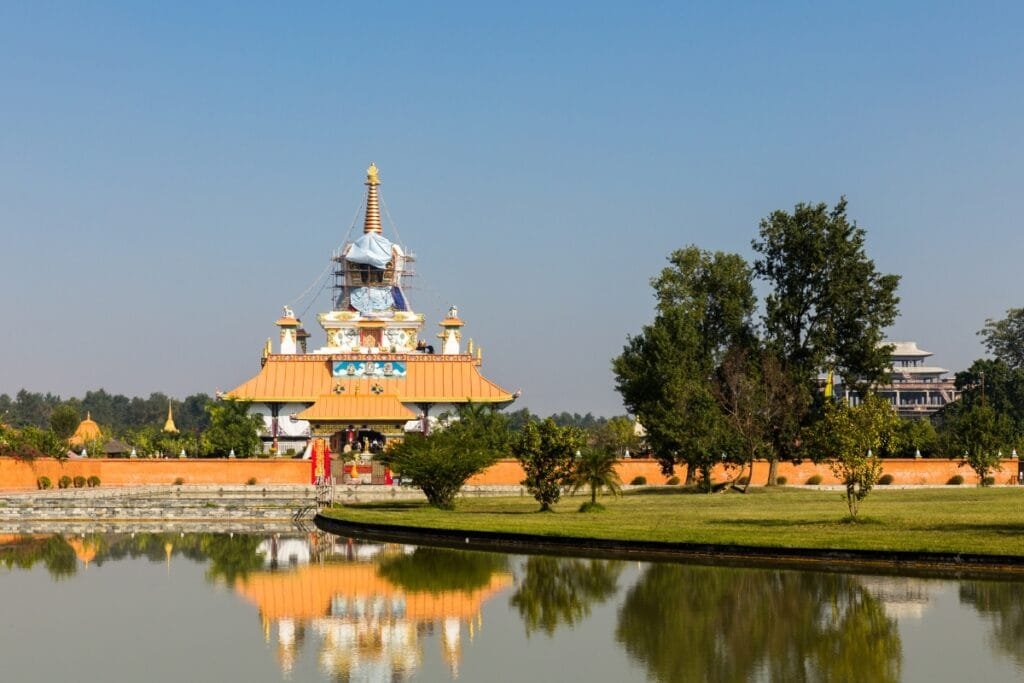
Lumbini is well connected by air, road, and rail, making it easily accessible from both Nepal and India. The nearest airport, Gautam Buddha International Airport in Bhairahawa, is approximately 22 km away, with domestic and international flights available. From Kathmandu, visitors can take a domestic flight to Bhairahawa, followed by a short drive to Lumbini. For those traveling by road, Lumbini can be reached via well-maintained highways from major cities like Kathmandu (8-10 hours drive) and Pokhara (6-7 hours drive). Indian travelers can take a train to Gorakhpur, followed by a bus or taxi to the Nepal border, and then proceed to Lumbini by road.
Top Attractions in Lumbini
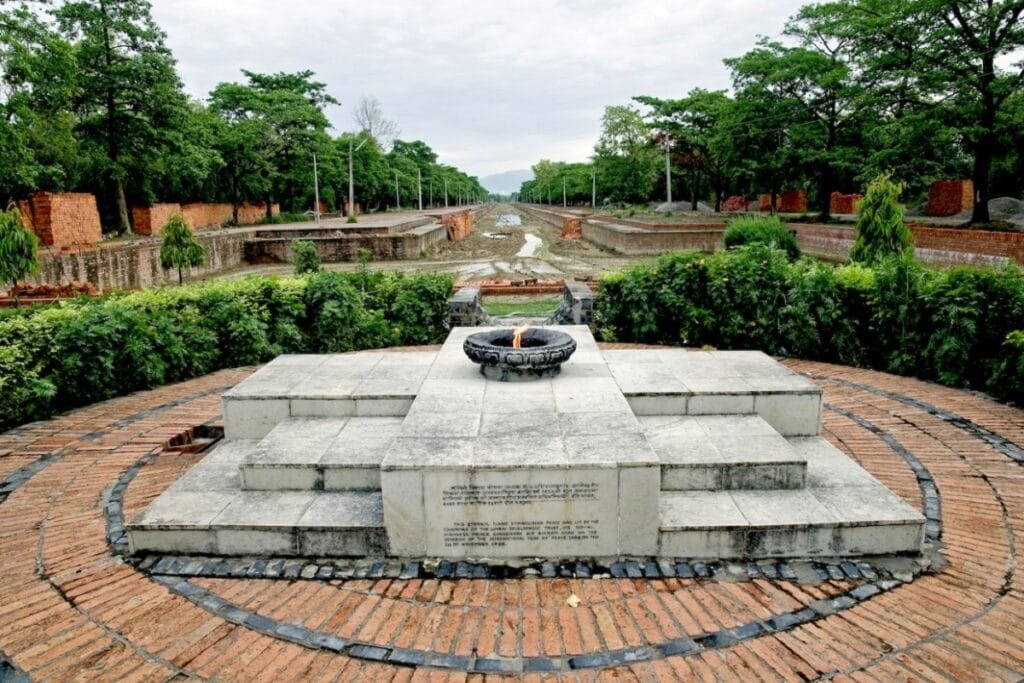
The heart of Lumbini is the Maya Devi Temple, marking the exact spot where Queen Maya Devi gave birth to Siddhartha Gautama. This temple is surrounded by the sacred garden, which includes ancient ruins, monasteries, and the Ashoka Pillar—an important historical artifact erected by Emperor Ashoka in the 3rd century B.C. to commemorate his pilgrimage to Lumbini. The World Peace Pagoda stands as a symbol of unity and harmony, offering breathtaking views of the surroundings. The Lumbini Monastic Zone is home to monasteries built by countries like Thailand, China, Japan, and Germany, each showcasing unique Buddhist architectural styles. The Lumbini Museum houses significant Buddhist artifacts and ancient relics, providing deep insights into the region’s history. Nearby, Kapilvastu—the ancient capital of the Shakya kingdom—offers an opportunity to explore the early life of Buddha before he renounced his royal status.
The Lumbini Museum
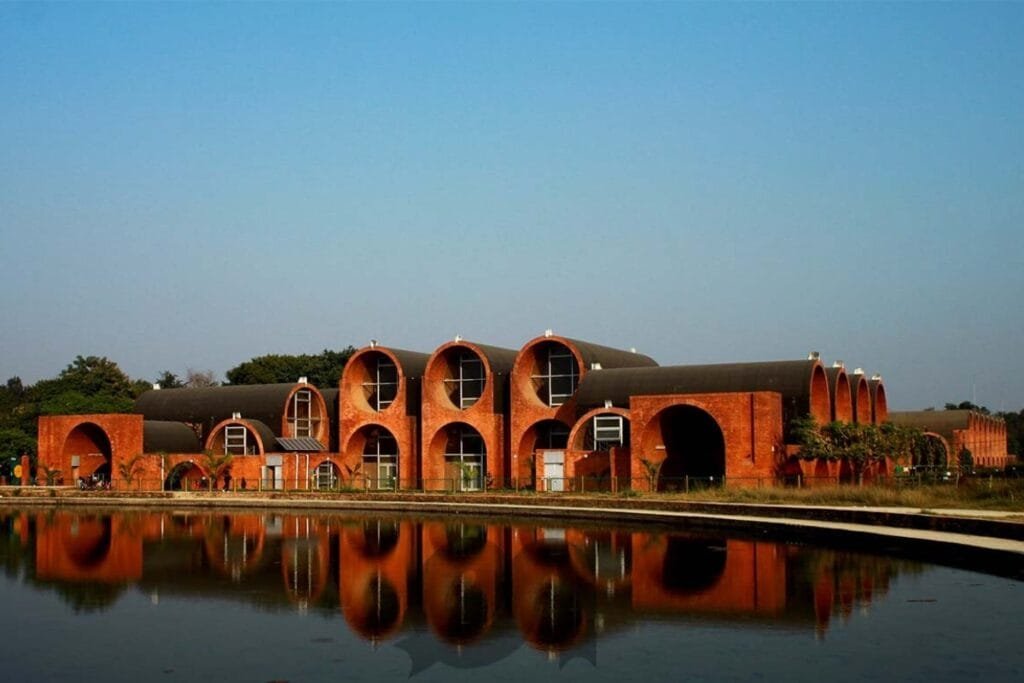
The Lumbini Museum is a must-visit for history enthusiasts and scholars who wish to learn more about the rich Buddhist heritage. The museum houses a remarkable collection of artifacts, scriptures, and archaeological findings that date back to Buddha’s era. Visitors can explore ancient manuscripts, relics, and exhibits that illustrate the spread of Buddhism across Asia. The museum also features informative displays about the archaeological excavations conducted in Lumbini, helping travelers gain a deeper understanding of its historical significance.
Things to Do in Lumbini
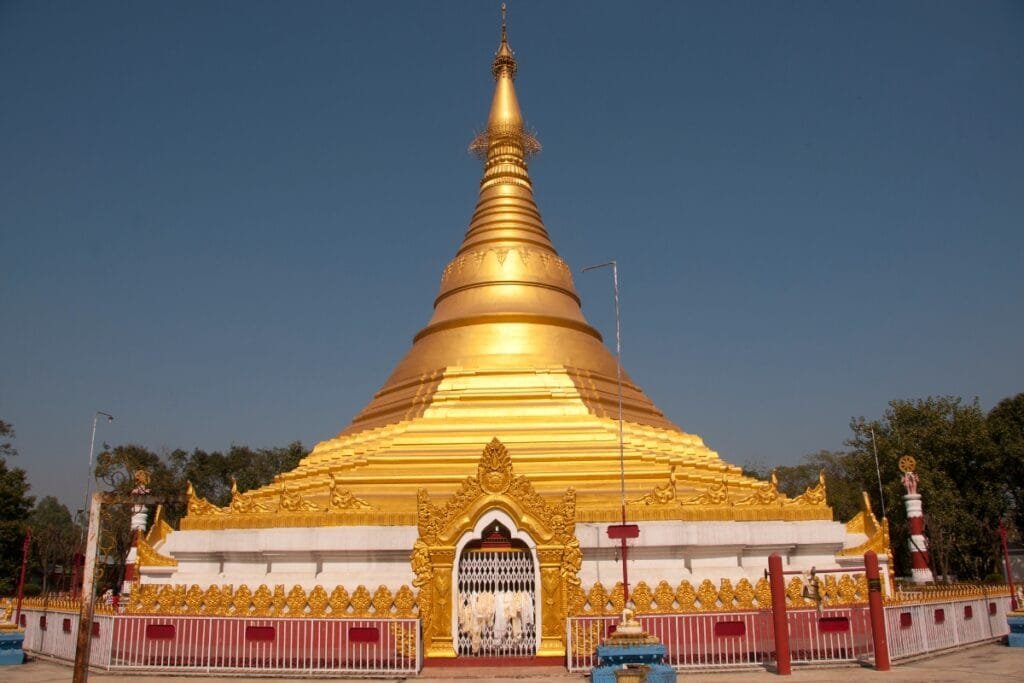
Lumbini offers visitors a wide range of experiences beyond sightseeing. Meditation and yoga sessions are conducted at several monasteries, allowing travelers to immerse themselves in the peaceful spiritual environment. Attending Buddhist teachings and prayer ceremonies offers a deeper understanding of Buddhist philosophy and practices. Photography enthusiasts can capture the stunning architecture of international monasteries and the tranquil landscapes of the sacred garden. Exploring the local culture by visiting nearby villages gives a glimpse into the traditional lifestyle of the Terai region. Additionally, cycling around the monastic zone is a popular eco-friendly way to explore the area at a relaxed pace.
Accommodation in Lumbini
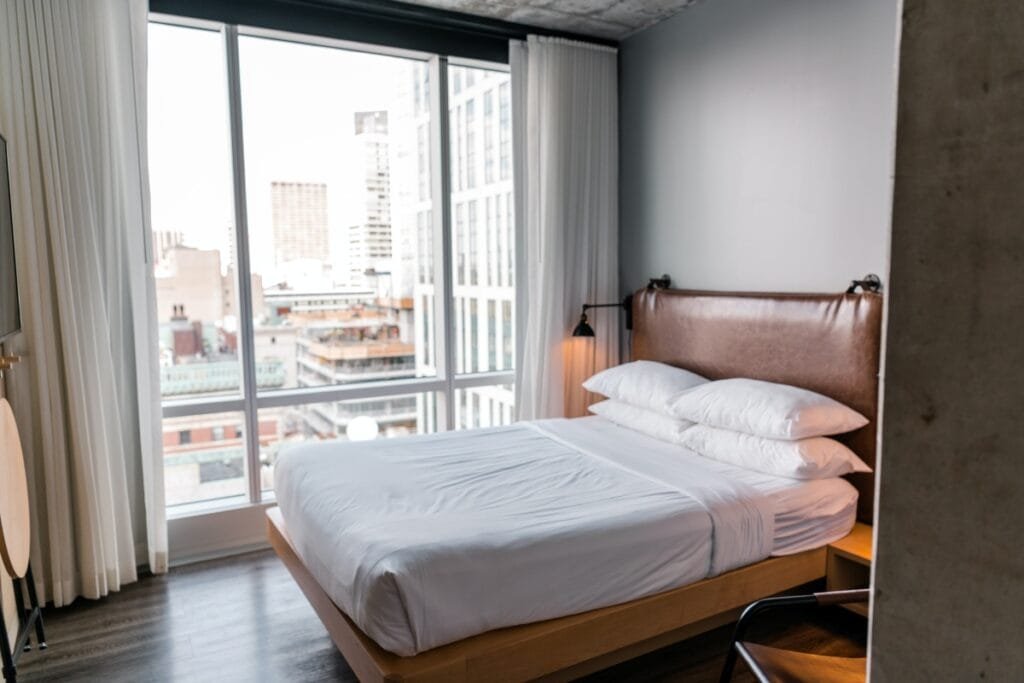
Lumbini offers a variety of accommodation options ranging from budget-friendly lodges to luxury retreats. Pilgrims and travelers can find comfortable stays with modern amenities that cater to different budgets. For those seeking a peaceful retreat, there are serene resorts surrounded by nature, offering tranquil environments ideal for meditation and relaxation. Many monasteries also provide basic accommodations at minimal costs, making it a great option for spiritual travelers. Whether you are looking for a budget stay or a luxurious experience, Lumbini ensures a comfortable and memorable visit.
Entry Fees and Travel Tips for Lumbini Tour

Visitors to Lumbini need to pay an entry fee to access the Maya Devi Temple and certain heritage sites. The fees vary depending on nationality, with international tourists paying a higher amount compared to SAARC nationals and Nepalese visitors. It is advisable to check the latest fee structure before your visit.
When visiting Lumbini, it is important to respect the sanctity of the religious sites. Modest clothing is recommended, and visitors should maintain silence in meditation areas. Carrying water and sunscreen is advisable, especially during hot months, as sightseeing requires significant walking. Hiring a local guide can provide valuable insights into the history and significance of each site. Currency exchange facilities are limited in Lumbini, so it is best to exchange money in major cities before arriving. Additionally, supporting local businesses by purchasing handicrafts and souvenirs helps contribute to the local economy.
Conclusion
Visiting Lumbini is not just about exploring a historical site; it is an opportunity to experience peace, spirituality, and the roots of Buddhism. The birthplace of Buddha stands as a beacon of peace and enlightenment, attracting pilgrims and travelers from around the world. Whether you are on a pilgrimage, a cultural expedition, or a historical exploration, Lumbini offers a unique experience that leaves a lasting impact. Plan your trip today and explore the sacred land where Buddhism began, discovering its timeless wisdom and serenity.
